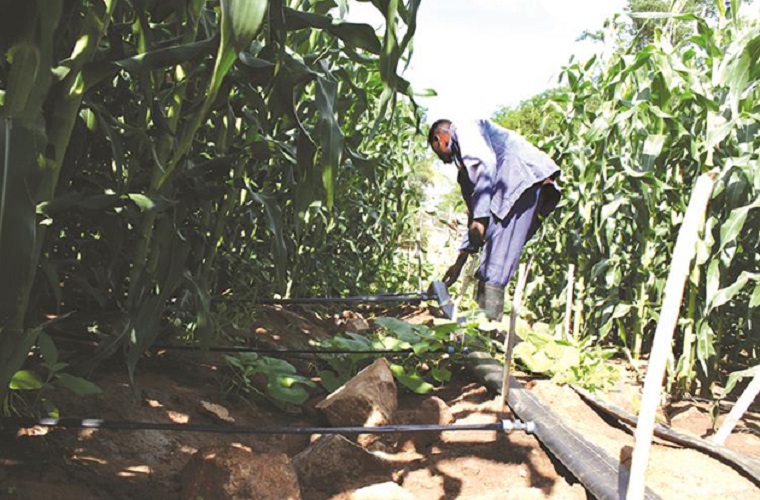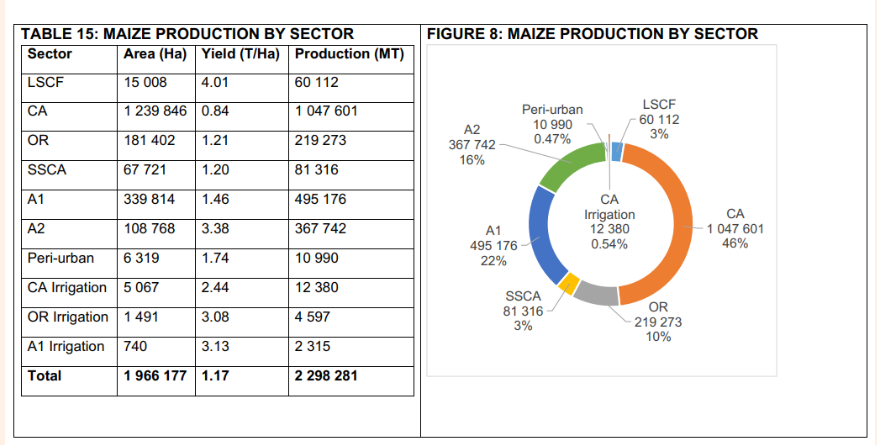 Every year, the Zimbabwe government releases its crop assessment survey, which lays out the estimated productivity of the farming season.
Every year, the Zimbabwe government releases its crop assessment survey, which lays out the estimated productivity of the farming season.
On Wednesday, the Ministry of Agriculture released its report for the 2022-2023 season. The major highlight in the report is an estimate that maize production will rise by 58% from last year. But what else does the report tell us about the state of Zimbabwean agriculture?
Here, we pull out some key highlights from the report.
Yields are better, but still too low
The good news is that the estimated maize harvest is about 2.3 million tonnes, a 58% increase from the 1.4 million tonnes produced last year.
Says the report: “In light of the positive 2023 cereal balance sheet , grain importation is not recommended in the next 12 months.”
That there is a big jump expected in the harvests despite only a 1% increase in the area planted shows that yields improved this season, due to better rainfall. The yield – the amount of maize a farmer grows per hectare – is seen growing by 54% from 0.7 tonnes per hectare to 1.17t/ha.
However, the data shows an old worry; yields improved among commercial farmers, but still remains low for poorer farmers. Large-scale commercial farmers are averaging yields of 4 tonnes per hectare, with some reaping up to 18 tonnes per hectare. But communal farmers are averaging just 0.84 tonnes per hectare.
Fertiliser prices have soared, fuelled by the Ukraine war and inflation in Zimbabwe, making it harder for communal farmers to increase yields.
How do our yields compare with those of our neighbours?
Maize yields averaged above 5 tonnes/ha in South Africa, where maize is grown almost entirely by commercial farmers who use GMO seeds.
Yields in Zambia, where smallholder farmers grow 90% of the maize, have doubled over the past 20 years to over 2 tonnes/ha due to a fertiliser subsidy programme.
Kenya’s yield is 1.5 tonnes/ha.
(238 VIEWS)


